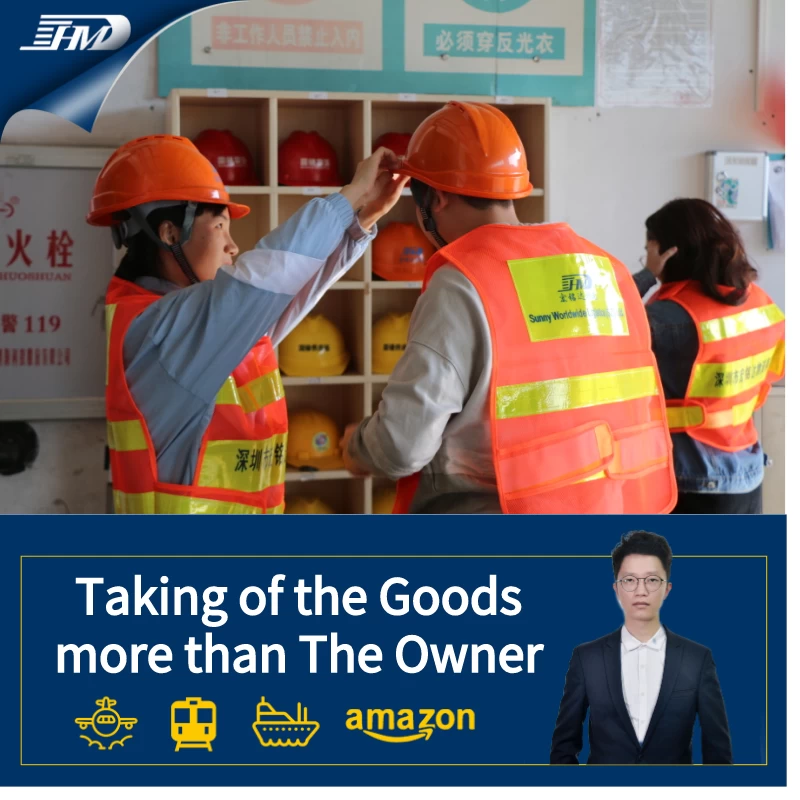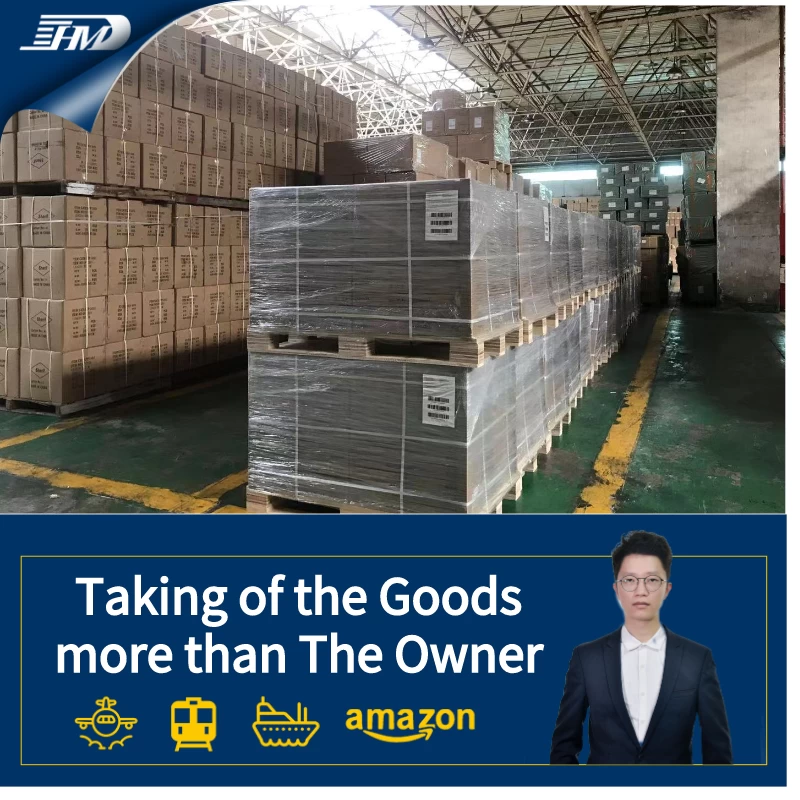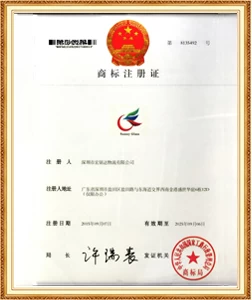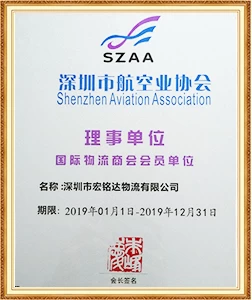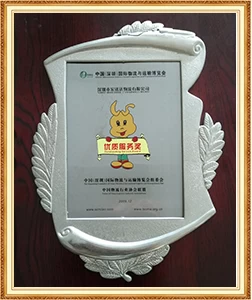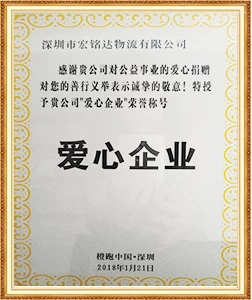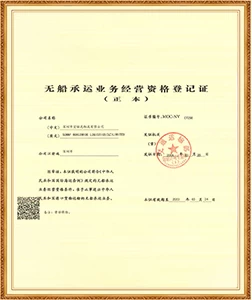Stop waiting and see, the shipping industry needs to adapt to the ongoing Sino-US trade pressure
Sunny Worldwide LogisticsIt is a logistics company with more than 20 years of transportation experience, focusing on markets such as Europe, America, Canada, Australia, Southeast Asia, etc., and is more than the owner of the cargo owner.

Market participants said that the U.S.-China trade tensions may continue until after U.S. President Trump took office, which means that the shipping industry must deal with market uncertainty, not just waiting for further clarity.
Since Trump took office, he has issued a series of tariff measures to U.S. trading partners, including China. The latest policy was announced on June 3 that he announced that "the tariffs on steel and aluminum will be increased to 50% from June 4." The previous tax rate for these two types of goods was 25%, which took effect on March 12.
This move has intensified market turmoil and the variability of policies has prompted some stakeholders to take a wait-and-see attitude. However, at the Marine Money forum held during the Norwegian Maritime Fair on June 4, several industry leaders pointed out that this was not a suitable course of action.
"Now we have a clear sense that geopolitics is injecting 'stimulants into the market, but we are in the tanker industry," said Jeff Pribor, CEO of U.S. tanker owner International Seaways. "Looking back 50 years ago, there will be other events even if there is no crisis, so don't complain."
The commodity market also responded to this. According to S&P Global Platts' assessment on June 4, the CFR freight for refrigerated propane shipped to China (the next 20-35 days) is US8 per ton, while the freight for butane (the next 20-35 days) during the same period is US5 per ton. Since Trump took office, freight rates have dropped by 8% and 12% respectively.
According to S&P Global Commodity Insights data, U.S. liquefied petroleum gas exports in 2024 are close to 66 million tons, of which 7.2 million tons are shipped by ships owned or operated by Chinese companies. About 22% of U.S. crude oil and 19% of U.S. refined oil were transported by tankers built by China, when the total international oil flow reached 12.3 million barrels per day.
Hing Chao, executive chairman of Huaguang Shipping, pointed out: "In terms of new shipbuilding capabilities, financing and shipping, China is one of the most important shipping countries and a major freight destination." "China cannot be ignored. I think this is a fact and a realistic factor that everyone must accept; the other factor is that tensions between China and the United States will not disappear, and these two factors often conflict."
There may be continued port tariffs
Since Trump took office, in addition to changing trade tariffs, U.S. authorities have also imposed port service fees on ships owned or operated by entities associated with China and most ships built in China but owned or operated by non-Chinese entities.
The measures allegedly originated from an investigation initiated during Trump's administration, which was caused by a union petition in March 2024. Industry observers believe that tariffs on these ports may continue to exist. Industry insiders pointed out that the US's act of collecting port fees has disrupted shipping order, forcing some shipping companies to adjust their routes, reduce the number of stops at US ports, and may even trigger the relocation of global shipping resources.
China occupies a dominant position in the shipping industry. Oystein Tunsjo, professor of international relations and head of the Asian security program at the Norwegian Institute for Defence Studies, said that as the world enters a new era, economic dominance is being replaced by security and globalization is being reorganized. The United States accounts for only 0.1% of the global shipbuilding industry, while China accounts for more than 53.3% of the total global production.
The latest data released by the China Shipbuilding Industry Association shows that from January to April 2025, China's shipbuilding completion volume, new orders received and handheld order volume reached 15.32 million dwt, 30.69 million dwt and 229.78 million dwt, respectively, accounting for 49.9%, 67.6% and 64.3% of the world's market share, respectively, and the main shipbuilding indicators remain the world's first.






